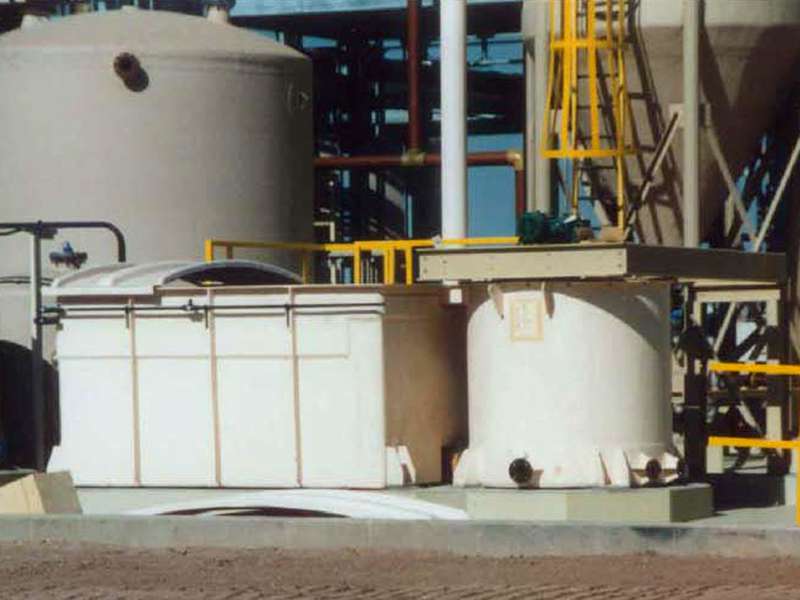
-
 Afrikaans
Afrikaans -
 Albanian
Albanian -
 Amharic
Amharic -
 Arabic
Arabic -
 Armenian
Armenian -
 Azerbaijani
Azerbaijani -
 Basque
Basque -
 Belarusian
Belarusian -
 Bengali
Bengali -
 Bosnian
Bosnian -
 Bulgarian
Bulgarian -
 Catalan
Catalan -
 Cebuano
Cebuano -
 China
China -
 China (Taiwan)
China (Taiwan) -
 Corsican
Corsican -
 Croatian
Croatian -
 Czech
Czech -
 Danish
Danish -
 Dutch
Dutch -
 English
English -
 Esperanto
Esperanto -
 Estonian
Estonian -
 Finnish
Finnish -
 French
French -
 Frisian
Frisian -
 Galician
Galician -
 Georgian
Georgian -
 German
German -
 Greek
Greek -
 Gujarati
Gujarati -
 Haitian Creole
Haitian Creole -
 hausa
hausa -
 hawaiian
hawaiian -
 Hebrew
Hebrew -
 Hindi
Hindi -
 Miao
Miao -
 Hungarian
Hungarian -
 Icelandic
Icelandic -
 igbo
igbo -
 Indonesian
Indonesian -
 irish
irish -
 Italian
Italian -
 Japanese
Japanese -
 Javanese
Javanese -
 Kannada
Kannada -
 kazakh
kazakh -
 Khmer
Khmer -
 Rwandese
Rwandese -
 Korean
Korean -
 Kurdish
Kurdish -
 Kyrgyz
Kyrgyz -
 Lao
Lao -
 Latin
Latin -
 Latvian
Latvian -
 Lithuanian
Lithuanian -
 Luxembourgish
Luxembourgish -
 Macedonian
Macedonian -
 Malgashi
Malgashi -
 Malay
Malay -
 Malayalam
Malayalam -
 Maltese
Maltese -
 Maori
Maori -
 Marathi
Marathi -
 Mongolian
Mongolian -
 Myanmar
Myanmar -
 Nepali
Nepali -
 Norwegian
Norwegian -
 Norwegian
Norwegian -
 Occitan
Occitan -
 Pashto
Pashto -
 Persian
Persian -
 Polish
Polish -
 Portuguese
Portuguese -
 Punjabi
Punjabi -
 Romanian
Romanian -
 Russian
Russian -
 Samoan
Samoan -
 Scottish Gaelic
Scottish Gaelic -
 Serbian
Serbian -
 Sesotho
Sesotho -
 Shona
Shona -
 Sindhi
Sindhi -
 Sinhala
Sinhala -
 Slovak
Slovak -
 Slovenian
Slovenian -
 Somali
Somali -
 Spanish
Spanish -
 Sundanese
Sundanese -
 Swahili
Swahili -
 Swedish
Swedish -
 Tagalog
Tagalog -
 Tajik
Tajik -
 Tamil
Tamil -
 Tatar
Tatar -
 Telugu
Telugu -
 Thai
Thai -
 Turkish
Turkish -
 Turkmen
Turkmen -
 Ukrainian
Ukrainian -
 Urdu
Urdu -
 Uighur
Uighur -
 Uzbek
Uzbek -
 Vietnamese
Vietnamese -
 Welsh
Welsh -
 Bantu
Bantu -
 Yiddish
Yiddish -
 Yoruba
Yoruba -
 Zulu
Zulu
Exploring the Features and Benefits of GRP Tanks for Water Storage Solutions
Understanding GRP Tank A Comprehensive Overview
GRP (Glass Reinforced Plastic) tanks have emerged as a vital solution in various industries due to their outstanding properties and diverse applications. Known for their high strength-to-weight ratio, durability, and resistance to corrosion, GRP tanks are increasingly used in water storage, chemical processing, and other fields. This article delves into the characteristics, advantages, applications, and considerations regarding GRP tanks.
Characteristics of GRP Tanks
GRP tanks are primarily made from a composite material that combines glass fibers with a resin. This unique composition lends the tanks exceptional mechanical strength and flexibility. They are lightweight compared to traditional materials like steel or concrete, making them easier to transport and install. The manufacturing process allows for customized designs, ensuring that the tanks can meet specific size requirements and capacity needs.
Additionally, GRP tanks exhibit excellent insulation properties, which help in maintaining fluid temperatures. Their smooth internal surfaces reduce biofilm growth and facilitate easy cleaning, making them suitable for potable water storage. Since GRP is non-reactive, these tanks can safely store a wide range of substances, including hazardous chemicals.
Advantages of GRP Tanks
1. Corrosion Resistance Unlike metal tanks that can corrode over time, GRP tanks resist the corrosive effects of chemicals and environmental factors. This feature significantly prolongs their lifespan and reduces maintenance costs.
2. Lightweight The light weight of GRP tanks simplifies handling and installation processes, allowing for faster deployment and reduced structural support requirements.
3. Customization GRP tanks can be manufactured in various shapes, sizes, and colors. This flexibility allows for tailored solutions that fit particular project needs.
4. Cost-Effective Initial costs for GRP tanks may be higher compared to traditional materials; however, the long-term savings from reduced maintenance and replacement costs often result in a more cost-effective solution.
5. Environmental Sustainability GRP tanks can be made from recyclable materials, contributing to environmental sustainability. They also reduce the ecological footprint during production and usage.
6. Safety The smooth surfaces of GRP tanks minimize the risk of sedimentation and bacterial growth, ensuring safer storage conditions for potable water. Additionally, the non-reactive nature of GRP keeps stored substances safe from contamination.
Applications of GRP Tanks
grp tank

GRP tanks are versatile and serve various sectors, including
1. Water Storage They are widely used for storing drinking water, irrigation water, and fire-fighting water, thanks to their hygienic properties.
2. Wastewater Treatment Many wastewater treatment facilities utilize GRP tanks for holding sludge and effluents due to their corrosion resistance.
3. Chemical Storage Industries dealing with chemicals frequently use GRP tanks to store acids, alkalis, and other hazardous materials safely.
4. Agricultural Applications GRP tanks are popular in agriculture for storing fertilizers, pesticides, and irrigation water.
5. Industrial Processes Various manufacturing processes require the use of GRP tanks for holding intermediates or finished products, enabling safe and efficient operations.
Considerations When Choosing GRP Tanks
While GRP tanks offer numerous benefits, there are considerations that potential users should keep in mind
1. Temperature Limitations While GRP tanks are resistant to a wide range of chemicals, extreme temperatures may affect their structural integrity. It is vital to assess temperature conditions before selection.
2. Design Standards Ensuring that GRP tanks meet the relevant design and safety standards is crucial for compliance and safety.
3. Installation Expertise Proper installation by experienced professionals is necessary to maximize the advantages of GRP tanks and prevent issues such as leaks or structural failure.
Conclusion
GRP tanks represent a remarkable advancement in storage solutions across various industries. Their unique combination of strength, durability, and versatility makes them an attractive option for storing water, chemicals, and more. As industries continue to seek efficient and eco-friendly solutions, the adoption of GRP tanks is likely to grow, paving the way for innovative applications and increased sustainability in storage practices. Understanding the characteristics, advantages, applications, and key considerations will help stakeholders make informed decisions when integrating GRP tanks into their operations.









